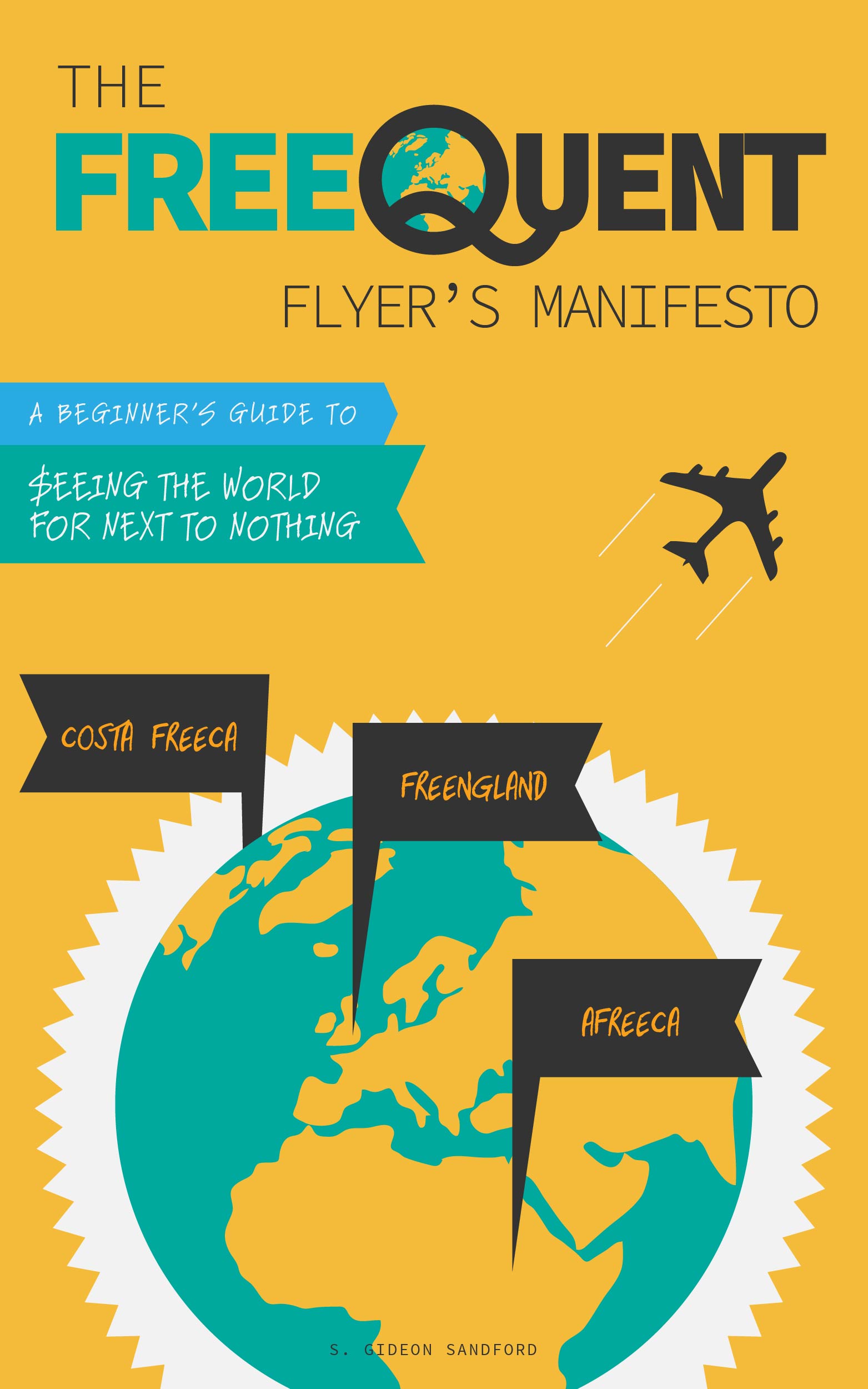The essential Ritz-Carlton properties
/Long-time readers know that I can sometimes have an unfortunately literal approach to travel hacking. So when I decided to look into the Ritz-Carlton program to see if there were any good opportunities to take advantage of Marriott Hotel + Air packages at Ritz-Carlton properties, now that Starpoints can be transferred to Marriott Rewards at a 1:3 ratio, I just looked at every single Ritz-Carlton property.
What would make a Ritz-Carlton Hotel + Air package a good deal?
The first thing to keep in mind is that Ritz-Carlton Hotel + Air packages are priced in just 2 groups: Tier 1-3 packages and Tier 4-5 packages. But the packages are priced on the basis of the highest Tier in each group. In other words, Tier 1-3 packages are priced as 7 nights at a Tier 3 package plus 120,000 miles, and Tier 4-5 packages are priced as 7 nights at a Tier 5 property plus 120,000 miles.
That means, before even getting started, stays at actual Tier 3 and Tier 5 properties are the most likely to prove a good value:
- 7 award nights nights at a Tier 1 property would cost 180,000 Marriott Rewards points. To redeem a Hotel + Air package for those 7 nights, you'd pay 420,000 Marriott Rewards points, giving you a transfer value of 2 Marriott Rewards points per airline mile (0.67 Starpoints per mile) rather than 1 Marriott Rewards point per mile (0.33 Starpoints per mile) at a Tier 3 property.
- 7 nights at a Tier 4 property would cost 360,000 Marriott Rewards points. To redeem a Hotel + Air package for those 7 nights, you'd pay 540,000 Marriott Rewards points, giving you a transfer value of 1.5 Marriott Rewards points per mile (0.5 Starpoints per mile), rather than 1 Marriott Rewards point per mile (0.33 Starpoints per mile) at a Tier 5 property.
Next, any given Ritz-Carlton property could only be a good deal if there are no nearby properties that provide an even better deal. That's the idea of opportunity cost: a Ritz-Carlton stay is only the best deal if it's a better deal than any other equivalent property.
What's an "equivalent" property? Well, here my literal-mindedness kicks in again. I take a look at a map, and if there's a Wyndham, Hilton, Hyatt, or Starwood property in roughly the same neighborhood, I say it's equivalent.
Then I make one exception: since our objective is to convert Starpoints to airline miles at a better rate than the standard 1.25 miles per Starpoint, if the equivalent nearby Starwood property costs more than one third the Ritz-Carlton award price, it's no longer equivalent — the Ritz-Carlton property is likely the better deal.
The five indispensable Ritz-Carlton properties
After looking at every Ritz-Carlton property in the world, and applying the above mechanical filters, there are five Ritz-Carlton properties that are objectively speaking the correct places to redeem 7-night Hotel + Air packages:
- The Ritz-Carlton Amelia Island. If you want to spend 7 nights on the southern end of Amelia Island, Florida, then you want to stay at this Tier 3 Ritz-Carlton property.
- The Ritz-Carlton Key Biscayne, Miami. If you want to stay in Key Biscayne, you want to stay at this Tier 5 Ritz-Carlton property.
- The Ritz-Carlton Lodge, Reynolds Plantation. If you like "rustic elegance" and "Atlanta city dwellers," you'll love this Tier 3 Ritz-Carlton property.
- Al Bustan Palace, A Ritz-Carlton Hotel. Beautiful Al Bustan, Oman, features just one chain hotel, this Tier 5 Ritz-Carlton property.
- The Ritz-Carlton, St. Thomas. Located on the eastern tip of the US Virgin Island of St. Thomas, this Tier 5 Ritz-Carlton property is your only option if you want to catch the sun rising in the East over St. John (note: I have no idea if the sun actually rises over St. John).
The best of the rest
If you're willing to get a slightly worse value for your Starpoints, there are a few more Tier 1, 2, and 4 Ritz-Carlton properties without nearby equivalents:
In the US and Canada:
- Half Moon Bay, Tier 4;
- Laguna Niguel, Tier 4;
- Lake Tahoe, Tier 4;
- Orlando, Tier 2;
- Georgetown, Washington, D.C., Tier 4.
Internationally:
- Jakarta, Mega Kuningan, Tier 1 (Nearby Le Meridien Jakarta costs 10,000 Starpoints per night, making it roughly equivalent);
- Okinawa, Tier 4;
- Bahrain, Tier 2 (Nearby Westin Bahrain City Center costs 25,000 Starpoints per night, making the The Ritz-Carlton, Bahrain Hotel & Spa strictly superior);
- Riyadh, Tier 1;
- Barcelona, Tier 4 (Nearby W Barcelona costs 25,000 Starpoints per night, making the Hotel Arts Barcelona strictly superior).
What did I miss?
I don't have any monopoly on the truth, I just have an internet connection and a pirated copy of Excel. So if you have strong feelings about a Ritz-Carlton property I didn't include here, take a gander at my spreadsheet and tell me what I missed.


